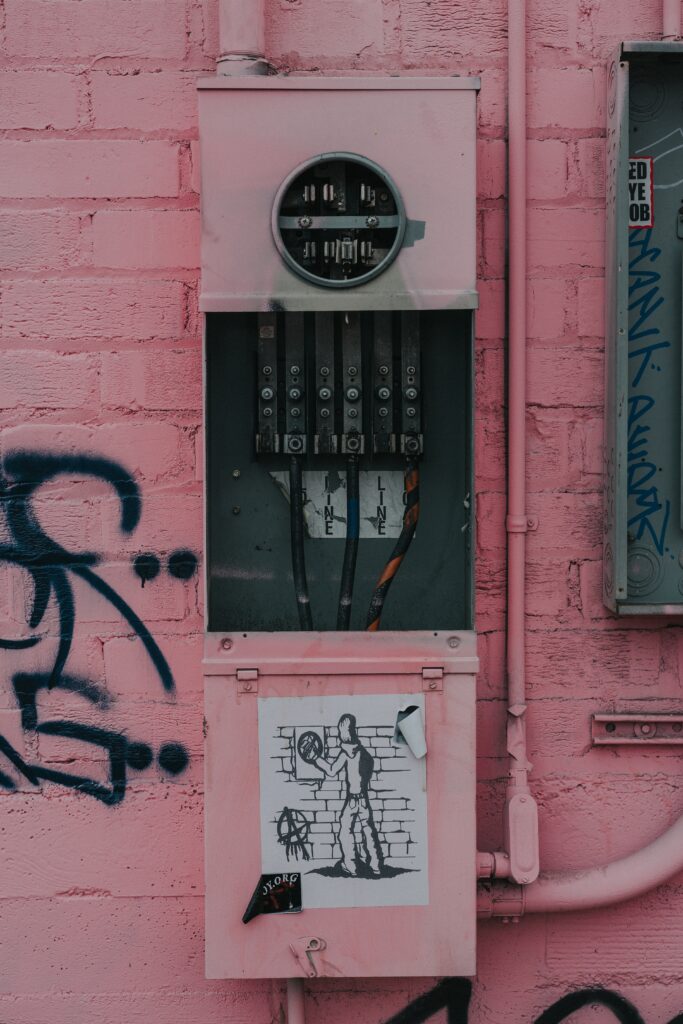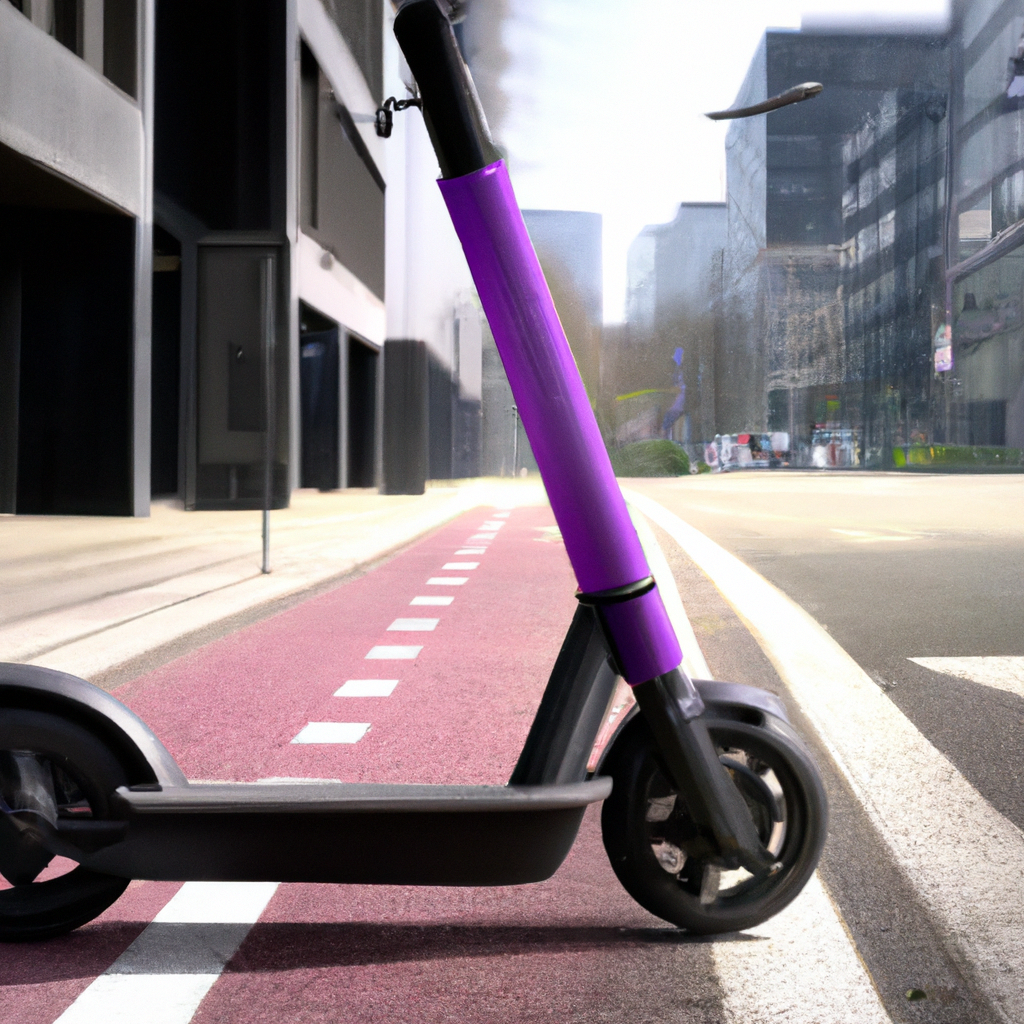Are you wondering about the specific regulations surrounding electric scooters in bike lanes? Electric scooters have become increasingly popular as a form of transportation, but it is essential to know the rules and guidelines for their usage in bike lanes. In this article, we will explore whether there are any special rules that apply to electric scooters in bike lanes, providing you with the information you need to navigate these lanes safely and legally.
Are There Special Rules For Electric Scooters In Bike Lanes?
Overview of Electric Scooters in Bike Lanes
Electric scooters have become increasingly popular as a mode of transportation in recent years. With their compact size and ability to navigate through traffic, many people have chosen electric scooters as an eco-friendly alternative to cars. As more electric scooter riders take to the streets, questions arise about their usage in bike lanes. Are there special rules for electric scooters in bike lanes? Let’s delve into this topic and find out.
Understanding the Legal Status of Electric Scooters
Electric scooters are considered a type of Powered Personal Mobility Device (PPMD) by many jurisdictions. The legal status of electric scooters can vary from one jurisdiction to another, which often leads to confusion among riders. Some areas categorize electric scooters as bicycles, while others classify them as motorized vehicles. It is crucial to familiarize yourself with the laws and regulations of your specific jurisdiction to understand the legal implications of riding an electric scooter in a bike lane.

Defining the Bike Lane Regulations
Bike lanes are designated sections of the road that are specifically intended for bicycle traffic. They provide a safer space for cyclists to ride, separated from the main flow of motor vehicle traffic. However, when it comes to electric scooters, the regulations can be less clear. While some bike lanes explicitly allow electric scooters, others may have specific restrictions or even prohibit their use altogether. It is important to research and understand the bike lane regulations in your area to ensure compliance with the law.
Examining General Bike Lane Rules
Regardless of whether electric scooters are permitted in the bike lanes, there are typically general rules that apply to all users. These rules aim to promote safety and ensure a harmonious sharing of the road between different modes of transportation. Cyclists and electric scooter riders should follow these guidelines, which often include maintaining a reasonable speed, yielding to pedestrians, and using hand signals to indicate turns. By adhering to these rules, riders can help create a safer and more efficient bike lane environment.

Differentiating Electric Scooters from Bicycles
While electric scooters and bicycles may share similarities, there are important distinctions between the two when it comes to using bike lanes. Bicycles are primarily propelled by human power, while electric scooters rely on motorized assistance. This key difference often influences the rules and regulations that apply to these vehicles in bike lanes. It is essential for electric scooter riders to understand that they may be subject to separate regulations or additional restrictions compared to cyclists.
Assessing the Speed Limits in Bike Lanes
speed limits in bike lanes, if they exist, are typically lower than those for motor vehicles on the road. This is to ensure the safety of all users, especially considering the vulnerability of cyclists and electric scooter riders. Electric scooters, with their motorized assistance, may be capable of higher speeds than bicycles. However, it is important for electric scooter riders to be mindful of the designated speed limits in bike lanes and adjust their speed accordingly. Respecting speed limits is crucial for maintaining a safe and respectful environment for all bike lane users.

Analyzing Helmet Requirements for Electric Scooters
Helmet requirements for electric scooters can vary depending on local regulations. Some jurisdictions mandate the use of helmets for all electric scooter riders, while others may exempt adult riders or only require helmets for minors. Regardless of the legal requirements, wearing a helmet is strongly encouraged for the safety of electric scooter riders. Helmets can provide crucial protection in the case of accidents or falls and should be seen as an essential safety precaution when riding in bike lanes.
Exploring Age and Licensing Restrictions
Another aspect to consider when it comes to electric scooters in bike lanes is age and licensing restrictions. Some jurisdictions impose age restrictions on electric scooter riders, prohibiting minors from operating these vehicles. In terms of licensing, certain areas may require riders to have a valid driver’s license or permit to use electric scooters in bike lanes. It is essential to familiarize yourself with any age or licensing restrictions in your jurisdiction to ensure compliance and avoid potential legal issues.

Considering Sidewalk Usage for Electric Scooters
In areas where electric scooters are not allowed in bike lanes, riders may consider using the sidewalk instead. However, it is essential to be aware that regulations regarding electric scooters on sidewalks can also vary. Some jurisdictions permit electric scooter use on sidewalks with certain restrictions, such as limited speeds or yielding to pedestrians. Others may ban electric scooters from sidewalks altogether. It is crucial to understand the rules and regulations specific to sidewalk usage for electric scooters in your area to ensure the safety of both riders and pedestrians.
Understanding Parking Regulations for Electric Scooters
Parking regulations for electric scooters in bike lanes can vary depending on local ordinances. In some areas, designated parking spots or racks may be available specifically for electric scooters, similar to those provided for bicycles. Other jurisdictions may allow electric scooters to park in bike lanes, as long as they do not obstruct the flow of bicycle traffic. It is important for electric scooter riders to familiarize themselves with the parking regulations in their area to avoid fines or penalties when leaving their scooters unattended.

Looking at Municipal Variations in Bike Lane Rules
It is important to note that rules and regulations for electric scooters in bike lanes can vary from one municipality to another. Different jurisdictions may have different definitions of electric scooters, distinct speed limits, or varying age and licensing restrictions. Additionally, the rules may be subject to change as local governments adapt to the evolving landscape of micro-mobility. To ensure compliance and avoid legal issues, it is crucial for electric scooter riders to stay updated on the specific bike lane rules and regulations in their municipal area.
In conclusion, while there are no universal special rules for electric scooters in bike lanes, there are often specific regulations and considerations that vary depending on the jurisdiction. By understanding the legal status of electric scooters, familiarizing oneself with bike lane regulations, differentiating electric scooters from bicycles, and adhering to general bike lane rules, riders can ensure their safety while enjoying the benefits of electric scooters as a mode of transportation. Remember to stay informed about age and licensing restrictions, helmet requirements, sidewalk usage regulations, and parking guidelines in your area to ride responsibly and be a considerate user of bike lanes.

